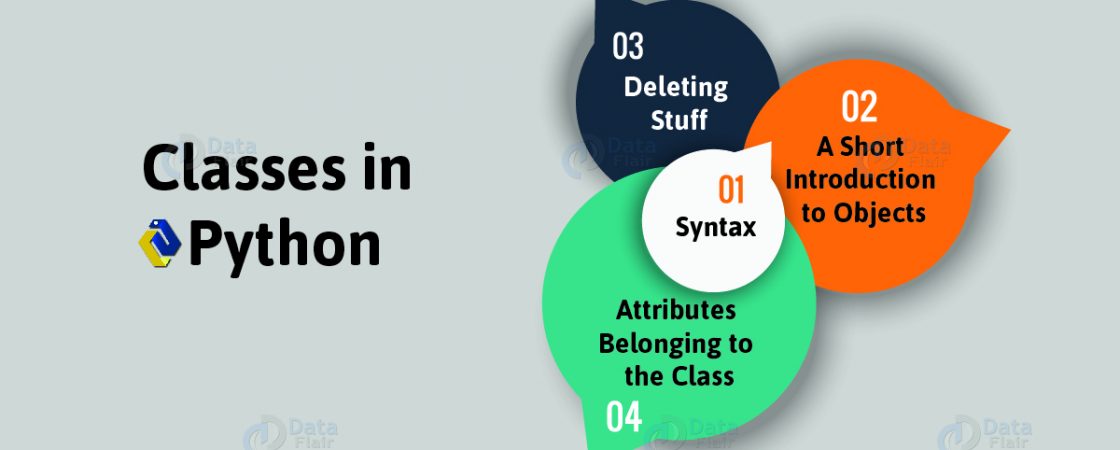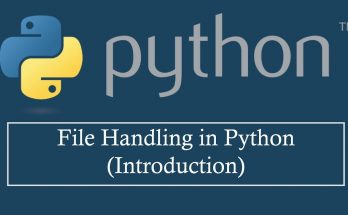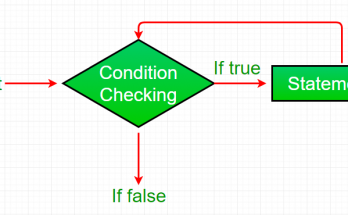Python is an object-oriented programming language. What this means is we can solve a problem in Python by creating objects in our programs. In this tutorial we will discuss OOPs terms such as class, objects, methods etc.
Object
An object is an entity that has attributes and behaviour. For example, Ram is an object who has attributes such as height, weight, color etc. and has certain behaviours such as walking, talking, eating etc.
Class
A class is a blueprint for the objects. For example, Ram, Shyam, Steve, Rick are all objects so we can define a template (blueprint) class Human for these objects. The class can define the common attributes and behaviours of all the objects.
Methods
As we discussed above, an object has attributes and behaviours. These behaviours are called methods in programming.
Example of Class and Objects
In this example, we have two objects Ram and Steve that belong to the class Human
Object attributes: name, height, weight
Object behaviour: eating()
Source code
class Human:
#instance attributes
def __init__(self, name, height, weight):
self.name = name
self.height = height
self.weight = weight
#instance methods (behaviours)
def eating(self, food):
return “{} is eating {}”.format(self.name, food)
#creating objects of class Human
ram = Human(“Ram”, 6, 60)
steve = Human(“Steve”, 5.9, 56)
#accessing object information
print(“Height of {} is {}”.format(ram.name, ram.height))
print(“Weight of {} is {}”.format(ram.name, ram.weight))
print(ram.eating(“Pizza”))
print(“Weight of {} is {}”.format(steve.name, steve.height))
print(“Weight of {} is {}”.format(steve.name, steve.weight))
print(steve.eating(“Big Kahuna Burger”))
Output:
Height of Ram is 6
Weight of Ram is 60
Ram is eating Pizza
Weight of Steve is 5.9
Weight of Steve is 56
Steve is eating Big Kahuna Burger



